I recently got asked about the word “hilar” as in hilar zone and where to shoot deer. The guy had tried to find stuff on the interweb and come up a bit short, probably because he looked for about 30 seconds. Nothing much more than Nathan Foster’s article and the pictures from Lentle & Sexton’s book Red Deer in New Zealand.
Over the years I’ve looked into this a bit. Way back when I was a young fella, my grandpa schooled me in where to shoot deer, and he was onto this hilar business then, though to be honest I don’t remember him ever calling it that. What he was focussed on was the “junction box” as he called it. The term “hilar zone” as it relates to deer hunting seems to have originated in NZ, and whenever I’ve discussed it as a preferred point of aim, in England or the US or South Africa, I get blank looks.
So I thought here’s a spare minute or three, write it down.
The term “hilar” is a medical term that relates to the word “hilum”. The hilum is the structure that encapsulates the pulmonary arteries, veins and nerves as they enter the soft and squishy lung. It’s like 240v power cable insulation, or the shrink wrap that you use on your electrical cable ends where they’re crimped onto the terminal. Each individual wire is something important, and the hilum is what keeps them all bunched together in the right place.
The hilum is found in the “hilar” region of the lung, so in hunting terms, we’re talking about the area of the lungs in which the various important pipes and wires enter the lung, the fabled hilar zone. It’s easier to identify this in a picture using human anatomy (see below), because the principle is exactly the same for all mammals.
So why is this hilar zone supposedly the magic spot?
Back up a moment, and consider the classic heart and lung shot. Many of us have shot deer and felt at the time that it was a really good hit, only for the deer to take off into the scrub or jungle like a missile. When we finally find the animal and cut it open, we see that the heart has taken a full on direct hit! How the fuck did it manage that, you say. Whilst the heart is the pump, the muscle itself doesn’t contain much blood at all, and the control systems for the heart (more on that in a moment) are not actually part of the main heart organ. So whilst the heart is destroyed, and a major bleed has started, the deer’s muscles and brain are still oxygenated and it’s a bit of a lottery as to how long it will take for the deer to run out of steam and go down.
In that unknown period of “dead run”, the animal’s brain and locomotion systems are still fully functioning. It’s only when the leg muscles start to run out of oxygenated blood that the animal slows and gets unsteady, and as the blood pressure drops below critical levels the brain functions start to fail. It will lose vision, then it will often start to go round in an arc or full circle, finally the back legs give up and the animal topples over. Unfortunately, sometimes, that might be a couple of hundred yards from where you shot it! But more likely within say 30-70yd, depends.
In our kind of country, that however many yards could be fatal in terms of a successful recovery. And that’s really annoying.
The control system that governs the heart is called the autonomic nervous system. This part of the central nervous system also controls all functions relating to the lungs, digestion, urination, the sexual organs, i.e. everything you remove when you gut out your animals. And more besides. It’s a long nerve pathway that runs from the brain, down the neck and into the vitals in very close proximity to the aorta (the body’s main artery), trachea (windpipe) and oesophagus (food pipe).
A term some might be familiar with is “vegus nerve”, this is a key nerve pathway in the autonomic system. There a numerous nerve linkages back to the spine, thus completing the circuit. It’s very hard to find details pics of how this all works in a deer, so a bloke will have to do, but the principle is exactly the same.
And this is what the “hilar shot” is all about – hitting and destroying the autonomic nervous system.
The standard heart shot will not hit the nerves if the animal is positioned broadside. If you put the bullet “in the crease” you’ll likely miss the nerve pathway. The autonomic nerves run between the lungs in front of the heart, then up and over the top of the heart and into the rumen. The best way to target the hilar zone is to bring the point of aim forward in line with the front line of the forleg, two thirds of the way down from the neck line to the brisket. This is the classic Lentle and Sexton picture.
When a bullet hits the “junction box”, two things happen. First and most obvious is that the main pulmonary arteries between the heart and the lungs are destroyed, and a good portion of the lungs where the lung veins, or bronchi, are at their widest. This causes a catastrophic bleed.
The second thing that happens is that the central nervous system is short-circuited big time. All the nerves in the CNS are suddenly scrambled, the electrical impulses from brain to organs, and brain to locomotion are unable to send the correct message, and the animal’s body simply doesn’t know what to do any more. This results in a very characteristic collapse.
When you hit an animal in the spine, e.g. the high shoulder shot, the animal’s back legs collapse and it goes down arse first. A good solid hilar shot usually has a different effect, instead the animal will wobble, it might even take a step or two, but then it will simply topple over in a heap, usually sideways. The difference between a heart shot and a hilar shot isn’t much in terms of inches, maybe 3-4”, but a good hilar shot rarely hits much in the way of heart (though certain angles will).
Talking of angles… A really good way to target the hilar zone is shooting the animal across the chest cavity from the front to the back, or vice versa. I prefer front to back, and have had some of my best bang-flops by shooting the animal in the front of the brisket, either straight on or at a slight angle. In through the first rib is a good place to start, with the animal turned at a slight angle so the exit (if any) is around the 7th or 8th ribs. You’ve gotta be using a soft bullet for this, if you’re a hard bonded bullet man you’ll find you puncture the rumen.
Here’s a couple of recent photos of a hilar shot that dropped a large red hind at 321yd. The animal was well above me, looking down after the first shot had dropped her mate nearby. The bullet hit low in to the left of the brisket and on #1 rib, and destroyed the hilar zone before exiting around #6-7 rib from memory. Note how the heart is untouched. The animal went down in the characteristic manner and conveniently rolled down hill towards the track.
Note how the heart is untouched. Which is ideal cos now you can eat it, it's excellent!
I’ve found over the years that the hilar shot is far more effective than the heart shot with my .243 Win. It’s as close to a guaranteed dead bang-flop as the small 6mm could hope for, outside of a neck or head shot. I’ve shot a few in the high shoulder with the .243 but oftentimes that won’t actually kill the animal outright, just disable it. I find that at a couple of hundred yards, the hilar presents the biggest and best target, as once you get used to putting the shot forward of the classic H&L shot, it becomes second nature. This is particularly true when the animal is quartering towards, it’s real easy to put a shot too far back in these circumstances, as aiming in front on the foreleg can feel wrong for some.
Lastly, the “what if”. If you’re high, you’ll take out the upper front lung, and enter into high shoulder territory. If you’re too far back, you’ll hit the rear lungs and probably the top of the heart. If you’re too low you’ll hit the bottom of the lungs where they are very dense in vein terms. If you’re too far forward, which when broadside is your biggest risk, you’ll either miss altogether or put a hole in the front of the lungs.
My preference is to use a partially fragmenting hunting bullet on our deer, for maximum damage in the important bits. Over the years I’ve seen the hilar shot kill deer very cleanly with everything from a .223 to a .44 Magnum, with all sorts of bullets, but in the kind of country I mostly hunt these days where a bit of distance is the norm, a good balance of penetration and fragmentation is preferable. ELD-X, Speer BTSP, GameKing, ProHunter, all the usual suspects will work well. I avoid hard bullets because sometimes they don’t give the peripheral damage I’m after.
Anyway if you’re new to this stuff, hope this helps get your head around that mysterious “hilar zone” that gets bandied around.
Welcome guest, is this your first visit? Create Account now to join.
Welcome to the NZ Hunting and Shooting Forums.
Search Forums
User Tag List
+ Reply to Thread
Results 1 to 15 of 33
Thread: The Hilar Shot
-
30-10-2019, 07:00 PM #1
The Hilar Shot
Just...say...the...word
-
-
30-10-2019, 07:12 PM #2sneakywaza I got

- Join Date
- May 2013
- Location
- Fairlie
- Posts
- 3,626
You've had too much coffee! good read.
-
30-10-2019, 07:27 PM #3
yip and added bonus you take out one or both front wheels at same time...cant go far with out them. good discription of the how and why.
-
30-10-2019, 07:57 PM #4Member

- Join Date
- Jul 2014
- Location
- BOP
- Posts
- 4,074
Hell Dave you should be a Doctor, well written and explained should help with those desirable Bang Flop shots.
-
30-10-2019, 08:10 PM #5Member

- Join Date
- May 2018
- Location
- Porirua
- Posts
- 1,342
I’m always happy to learn something new.
 well explained thank you.
Remember the 7 “P”s; Pryor Preparation Prevents Piss Poor Performance.
well explained thank you.
Remember the 7 “P”s; Pryor Preparation Prevents Piss Poor Performance.
-
30-10-2019, 08:22 PM #6
And here was me thinking this is what happens when you slam the brakes on to hard in the car......all your shit flys out the front of ya body

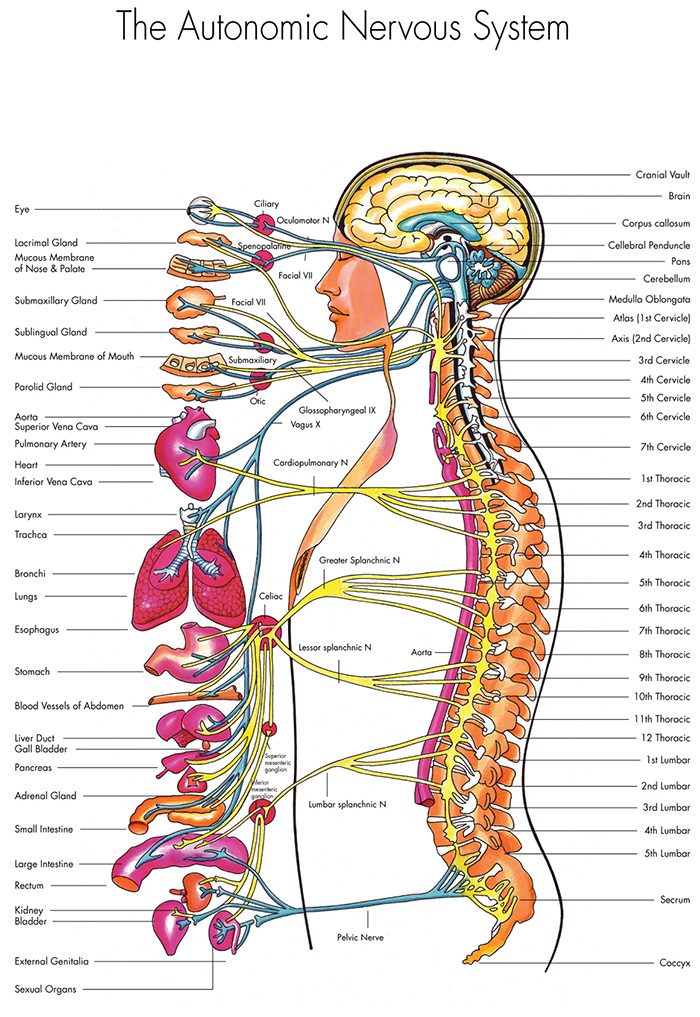
Either that or you have just eaten a really hot chilli It's all fun and games till Darthvader comes along
It's all fun and games till Darthvader comes along
I respect your beliefs but don't impose them on me.
-
30-10-2019, 08:25 PM #7
-
30-10-2019, 08:40 PM #8
LOL how did you know... its was actually two cans of Monster, all that was in the fridge. Probably not a wise beverage.
BTW the sentence "...and a good portion of the lungs where the lung veins, or bronchi, are at their widest" is actually supposed to say "andbronchi". Bronchi are the wind pipes, that deliver the oxygen.Just...say...the...word
-
30-10-2019, 09:01 PM #9
-
30-10-2019, 09:56 PM #10
I think the Hilar zone/shot was first coined by a Kiwi author. Can’t remember the name off the top of my mind.
-
30-10-2019, 09:58 PM #11
I think it was the Sharp Shooter by Matt Grant.
-
30-10-2019, 10:09 PM #12
@stug or anyone else, i'd love to know if that's the case because I've often wondered where the term came from. Roger Lentle is a biomechanics professor and a hunter and I had wondered if it was something to do with him considering his medical background.
Just...say...the...word
-
31-10-2019, 06:51 AM #13
Roger lentle definitely did not come up with the term. From memory the Sharp Shooter has a “clock” diagram of the Hilar zone when viewing an animal from all different directions.
There is possibly a copy of Sharp Shooter on trademe or possibly your local library might have one. It’s prob out of print now.
-
31-10-2019, 07:00 AM #14Member

- Join Date
- Jul 2015
- Location
- Wellington
- Posts
- 869
Thanks for this what a great post. I read Lentle and Saxton when i was getting started and found it hugely useful. This is an excellent recap with some personal real world experience thrown in. Bravo.
-
31-10-2019, 08:11 AM #15
Similar Threads
-
This week we test a old shot gun for steel shot
By dskd in forum ShotgunningReplies: 26Last Post: 08-04-2015, 02:29 PM -
Shot Placement - One Shot Kills
By Gibo in forum HuntingReplies: 17Last Post: 10-10-2014, 08:50 PM
Tags for this Thread
Welcome to NZ Hunting and Shooting Forums! We see you're new here, or arn't logged in. Create an account, and Login for full access including our FREE BUY and SELL section Register NOW!!





 90Likes
90Likes LinkBack URL
LinkBack URL About LinkBacks
About LinkBacks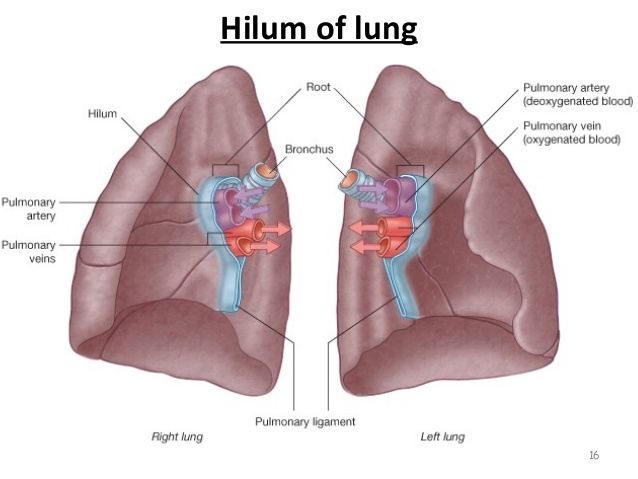
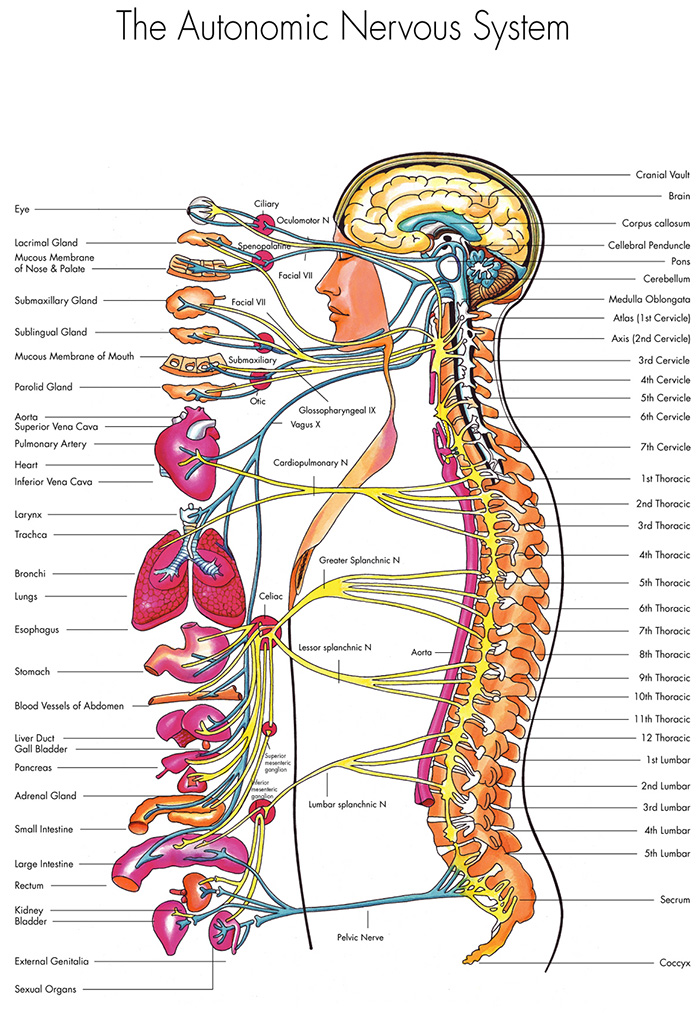
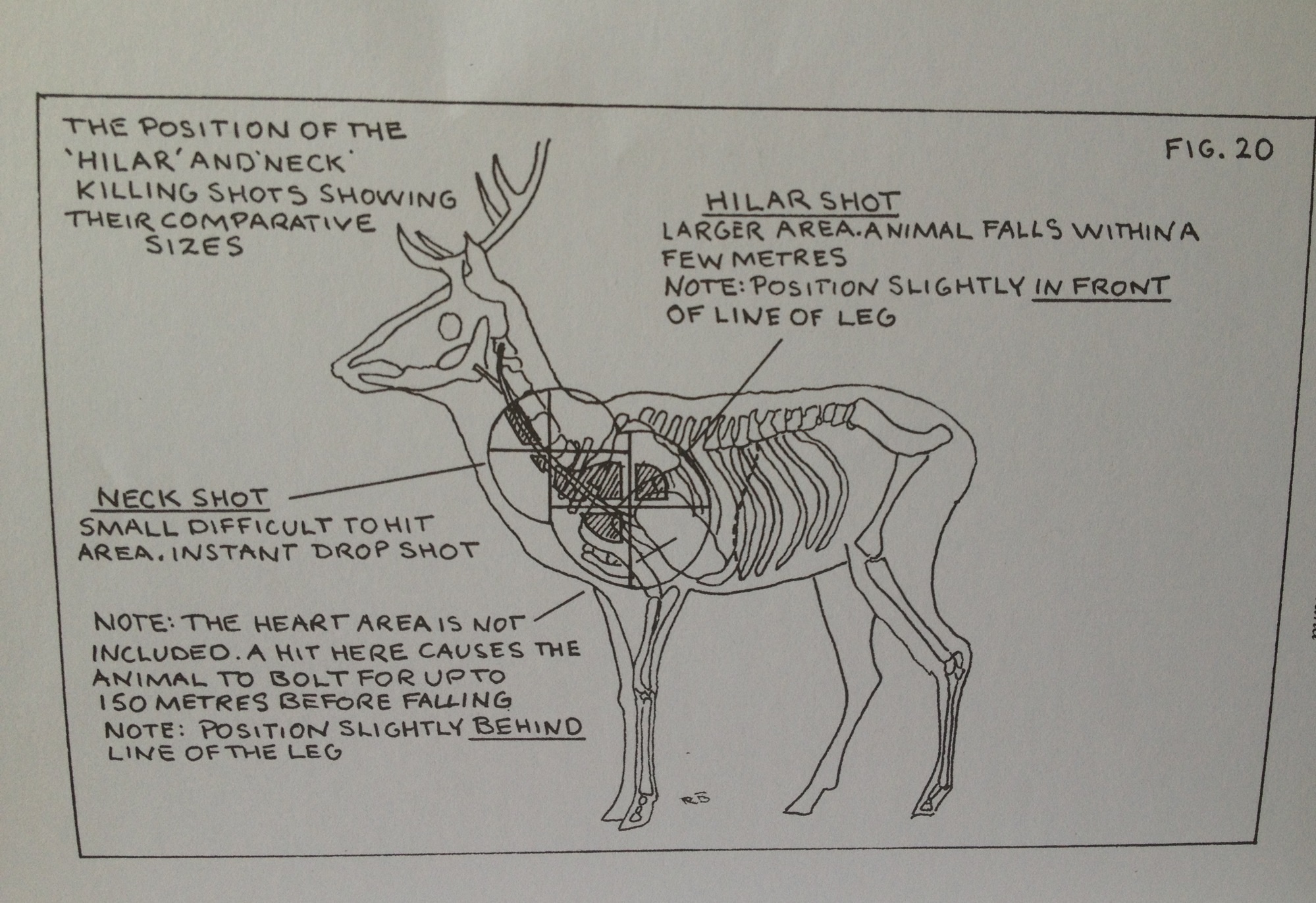
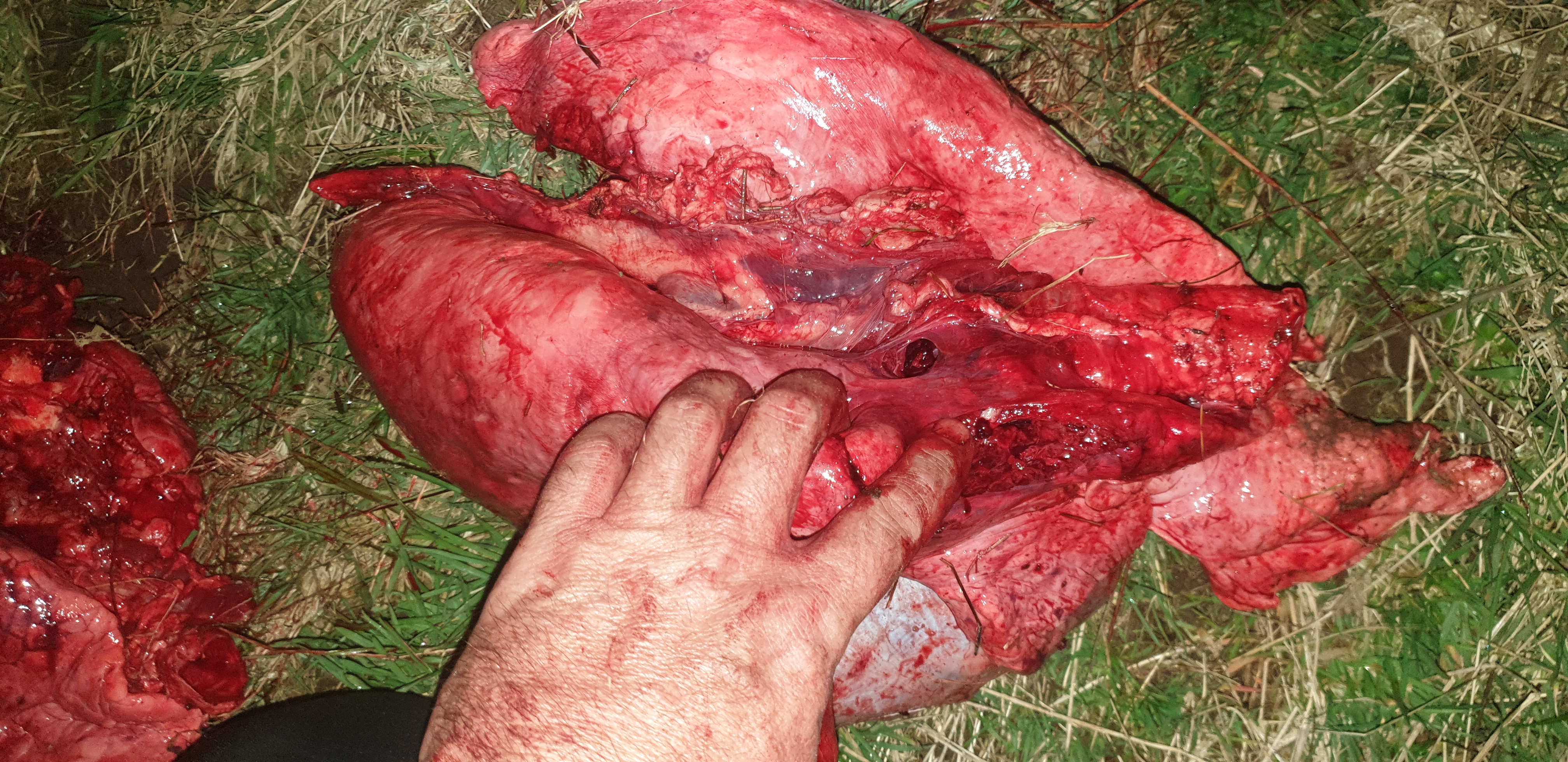
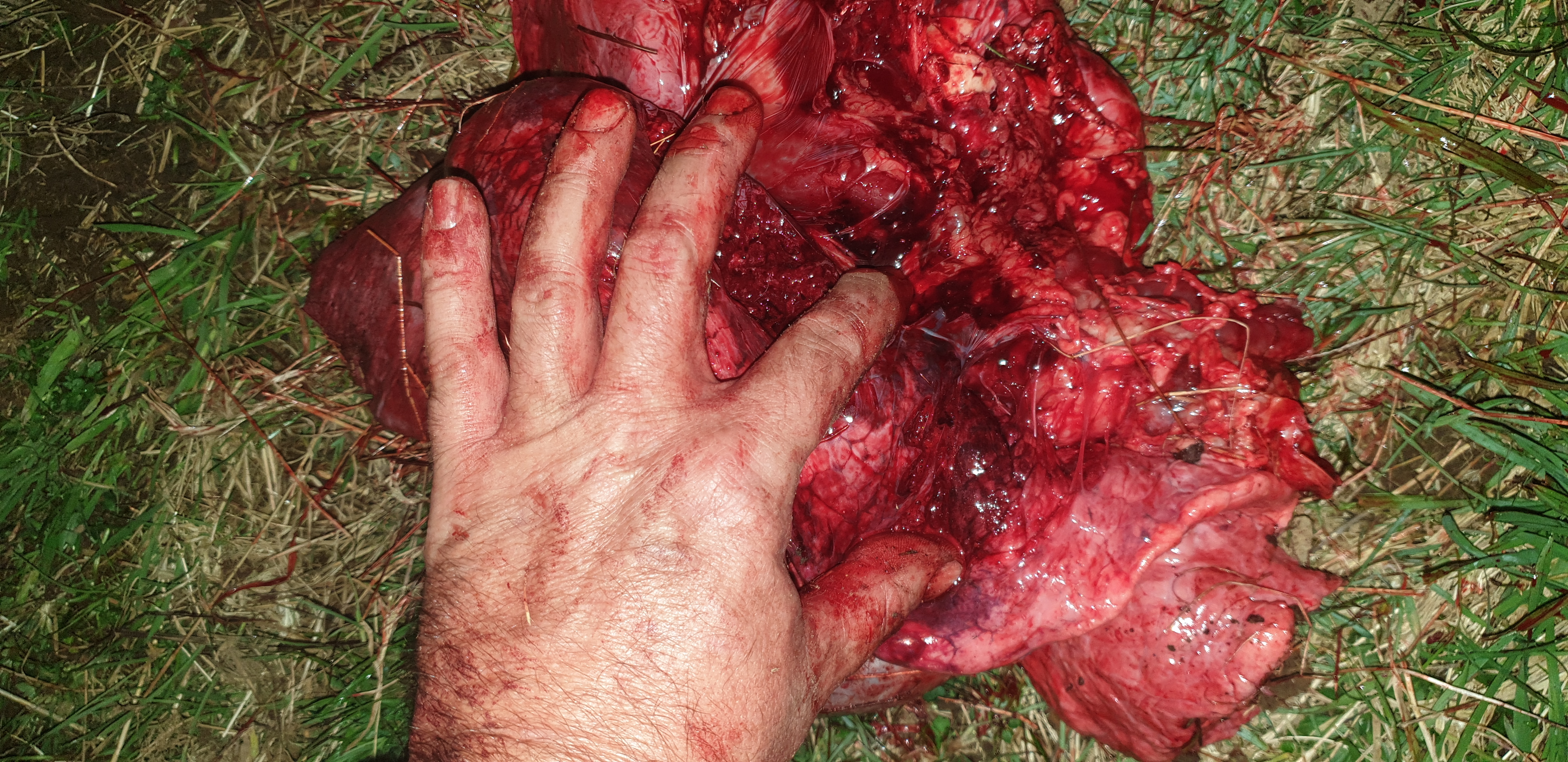
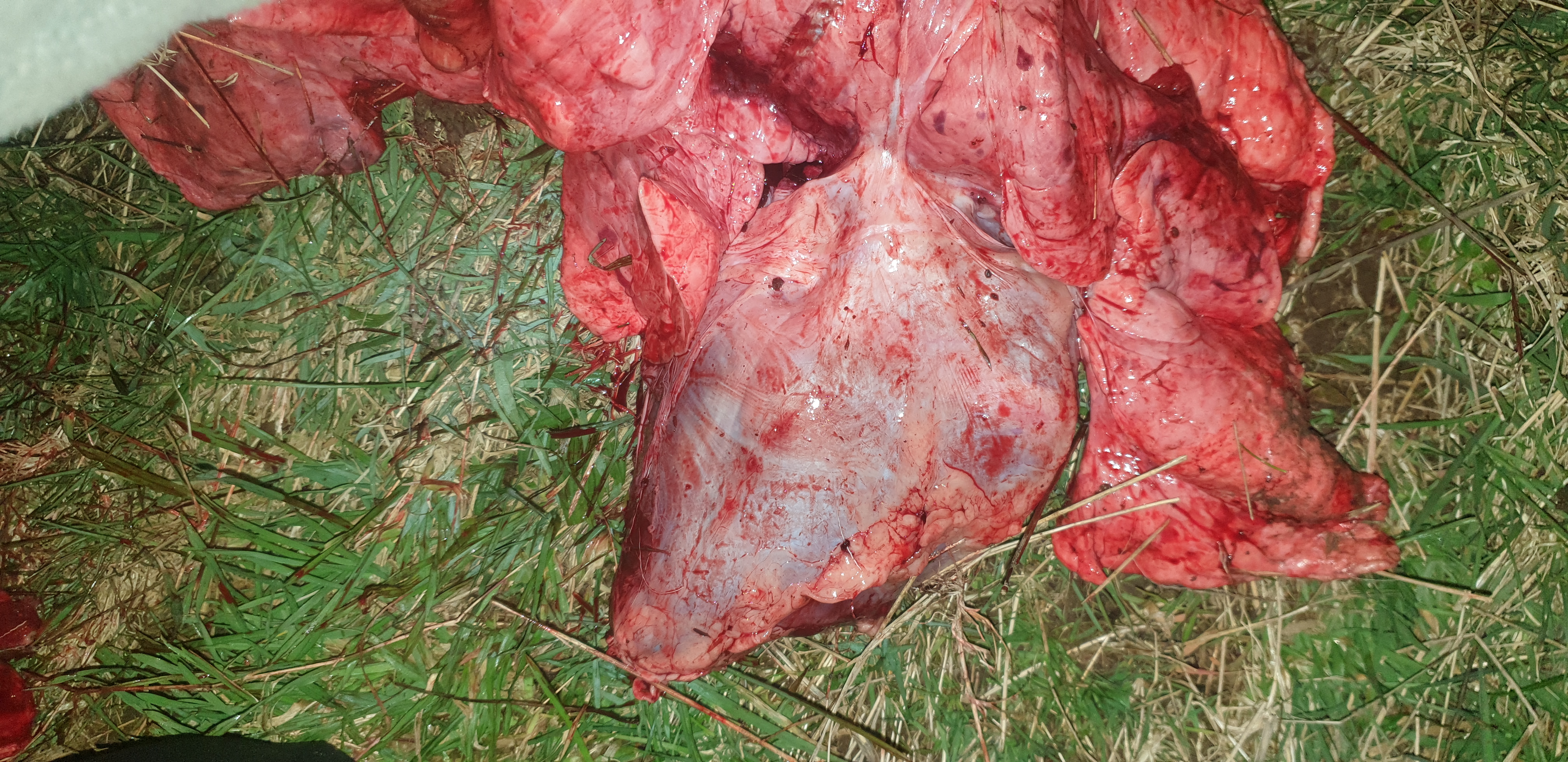




 Reply With Quote
Reply With Quote



Bookmarks